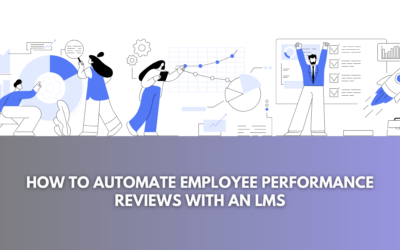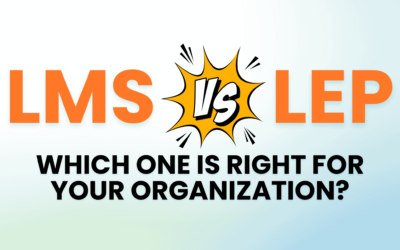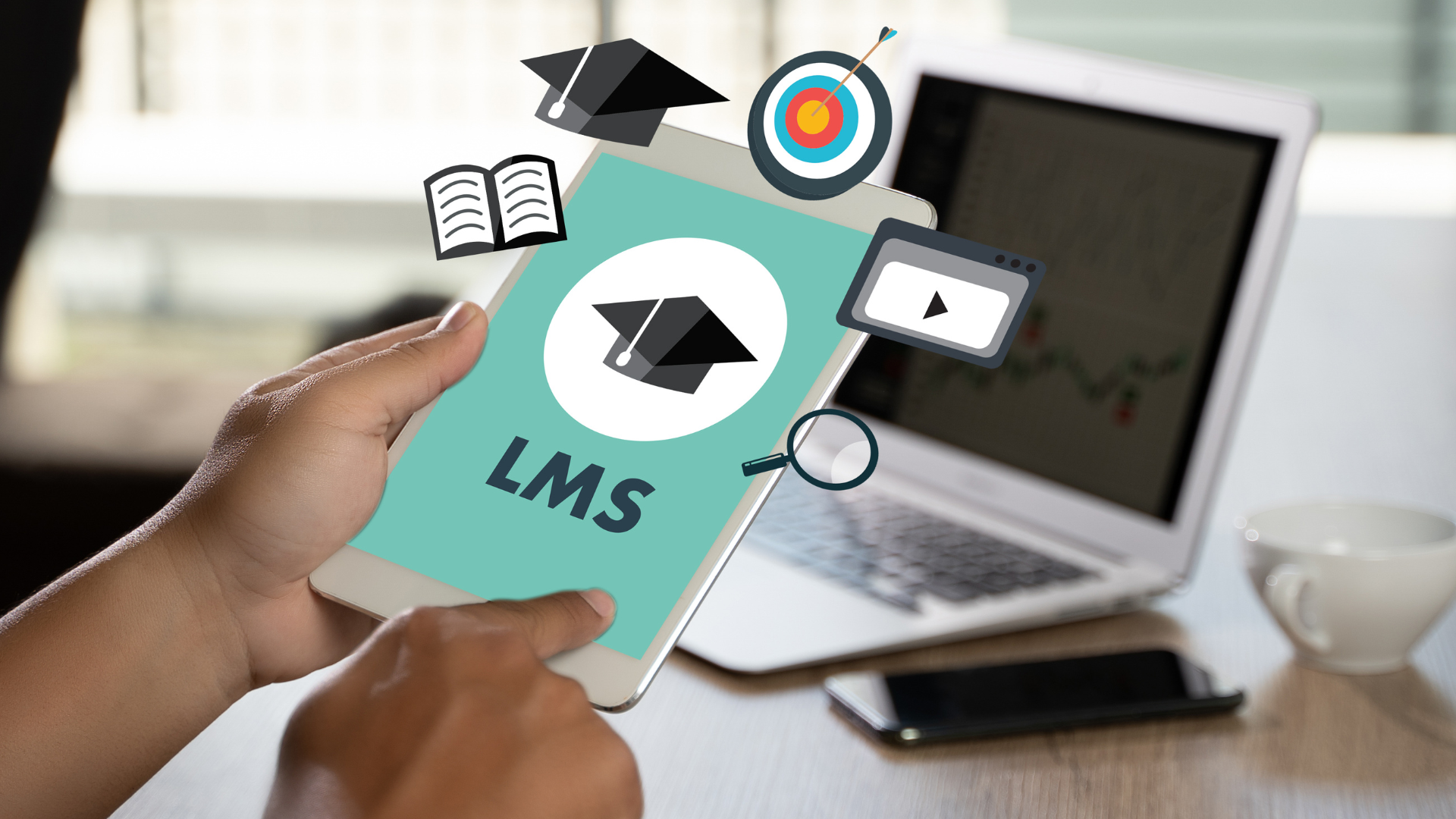Mobile technology as an asset for learning?
 When we think of mobile technology we usually think of processors, apps, and gadgets. That’s fun to do, but it’s more important we stop and think how profoundly it impacts our lives. I’ve been passionately following mobile technology for decades. In the beginning, the mobile devices weren’t very mobile. As a matter of fact, a strong back and arms were required to lug them around.
When we think of mobile technology we usually think of processors, apps, and gadgets. That’s fun to do, but it’s more important we stop and think how profoundly it impacts our lives. I’ve been passionately following mobile technology for decades. In the beginning, the mobile devices weren’t very mobile. As a matter of fact, a strong back and arms were required to lug them around.
The technology that drives mobile devices has improved a lot since those days. Especially in the last ten years. Mobile gadgets have gotten smaller, more powerful, and very useful. They are everywhere and play increasingly greater roles in the lives of almost everyone. Availability of mobile devices is rapidly spreading throughout the world. They are making significant improvements in many lives. Their reach has spread wide enough to capture the majority of lives of people. Particularly in the metro cities of the country.
A more profound impact could be seen in the industrial level and in the occupational zones. The spread of digital technologies, can raise the productivity of business and agriculture, redefine how services such as healthcare and education are delivered, and contribute to higher living standards for millions of Indians by raising education levels and improving healthcare outcomes.
These improved outcomes are the result of enhanced mobile penetration. Research reveals that an average Indian check his/her smartphones 150 times a day. So, if not all, but majority of the Indians are aware of the use of the current technologies and make themselves comfortable with the modifications in mobile technology. What if this mobile technology can benefit people in the field of learning or say training in organisations. Here comes e-learning in mobile world or say m-learning.
What are the things that differ in m-learning than in other formats of learning?
Are other formats of learning, like Instructor led learning or notes based learning, able to provide you the audio-visual content? NO. This is possible just in the case of m-learning, and believe me a learner is much more benefited with such representation of content. Even according to a study, a learner remembers 10% of Texual content, 65% of Visual content but 95% of audio-visual content. This data shows us the impact of the audio-visual content on learner’s memory. Although, this is not necessarily provided by the mobile products but as a matter of fact, this form of content is called as “mobile content”. Reason being that this content can be interpreted and thus understood even while travelling.
M-learning has also taken many news forms and shaped into new ways of knowledge transfer. Gamification of learning is the most interesting and innovative method. It is currently being recognised in the training processes in organisations. As a matter of fact, Game based M-learning had been projected to grow from $1.5 billion in 2012 to $2.3 billion in 2017. This is one of the prominent forms of m-learning and its reach is evident from these statistics. Though these platforms are for all in general, but very much essential for executives on the move, members traveling from far away areas to the company houses.
So, mobile platforms, in their basic sense, are allowing the employees or individual learners to perform multiple tasks at a time and also provide them the flexibility to navigate easily among them. Thus, the mobile technology can be a real asset to the transiting nation or the world, if its use is made in an effective manner.
Our News
- AI
- Animations
- Articulate
- Articulate 360
- Articulate Engage
- Articulate Live
- Articulate Presenter
- Articulate Quizmaker
- Articulate Replay
- Articulate Review
- Articulate Storyline
- Articulate Storyline 3
- Articulate Studio
- bite sized learning
- Characters
- Content Library
- Corporate Communication
- E-Learning
- e-Learning Authoring Tools
- Employee Engagement
- Game-Based Learning
- Gamification
- Gamiflexer
- Go Sales
- Healthcare
- Instructional Design
- Interactivity
- Knowledge Transfer
- L&D Trends
- Learning
- Learning & Development
- Learning Experience platform
- Learning Management System
- LMS
- LXP
- Microlearning
- mLearning
- Mobile Learning
- Nugget Learning
- Online Training
- Peek
- Performance Support
- Preso
- Quiz and Assessment Platform
- Replay 360
- Rise
- SCORM
- Screen Capture
- Software
- Storyline 360
- Studio 360
- Training Management
- Trainings
- Uncategorized




